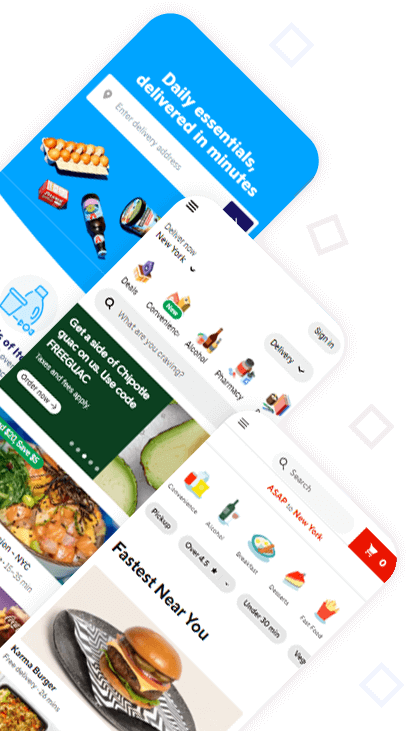Let's talk!
We'de love to hear what you are working on. Drop us a note here and we'll get back to you within 24 hours.

We'de love to hear what you are working on. Drop us a note here and we'll get back to you within 24 hours.
This case study highlights how we successfully scraped restaurant menu data for our client, to make data-driven business decisions. With advanced technologies and a customized data scraping approach, we extracted restaurant menu data from top-rated restaurants and targeted competitors. Key data insights enabled the client to understand the current market trend and optimize their restaurant menu. Our precise and reliable restaurant menu data helped to make data-driven business decisions to gain a competitive advantage in the restaurant industry.
Client is one of the top restaurant brands having multiple chains across the USA and Australia. In the competitive landscape of the food industry, client wants to understand the preferences of the diners, the latest food trends, local food demands, and what competitors are doing to optimize their menu items along with prices.
By knowing our expertise, the client acquired our restaurant menu data scraping services to get comprehensive and reliable restaurant menu data insights from the industry leaders and targeted competitors.

While observing the competitors across the market and trying to get the data, the client faced multiple challenges as follows:
Dynamic content: Some restaurant menus may be dynamically generated based on factors like the time of day, season, or special promotions. With constant changes in the data fields and elements, the client was not able to get a reliable dataset.
Anti-Scraper Techniques: The majority of the platforms take anti-scraping measures to block unusual activities and data protection. Client was not able to bypass the restrictions applied to extract the menu data.
Variety of formats: Due to various menu formats (PDFs, images, or web pages), it becomes challenging to extract structure data.
Updating frequency: Competitors make frequent menu changes due to seasonal ingredients, specials, or other factors. The client was unable to get real-time alerts related to changes.
Text recognition: Due to the image and PDF format, it was difficult for the client to extract accurate texts. It becomes harder if images are of low quality or the texts are decorative.
As an expert restaurant menu scraping company, we understand the requirements of the client and deliver comprehensive solutions to tackle the challenges.